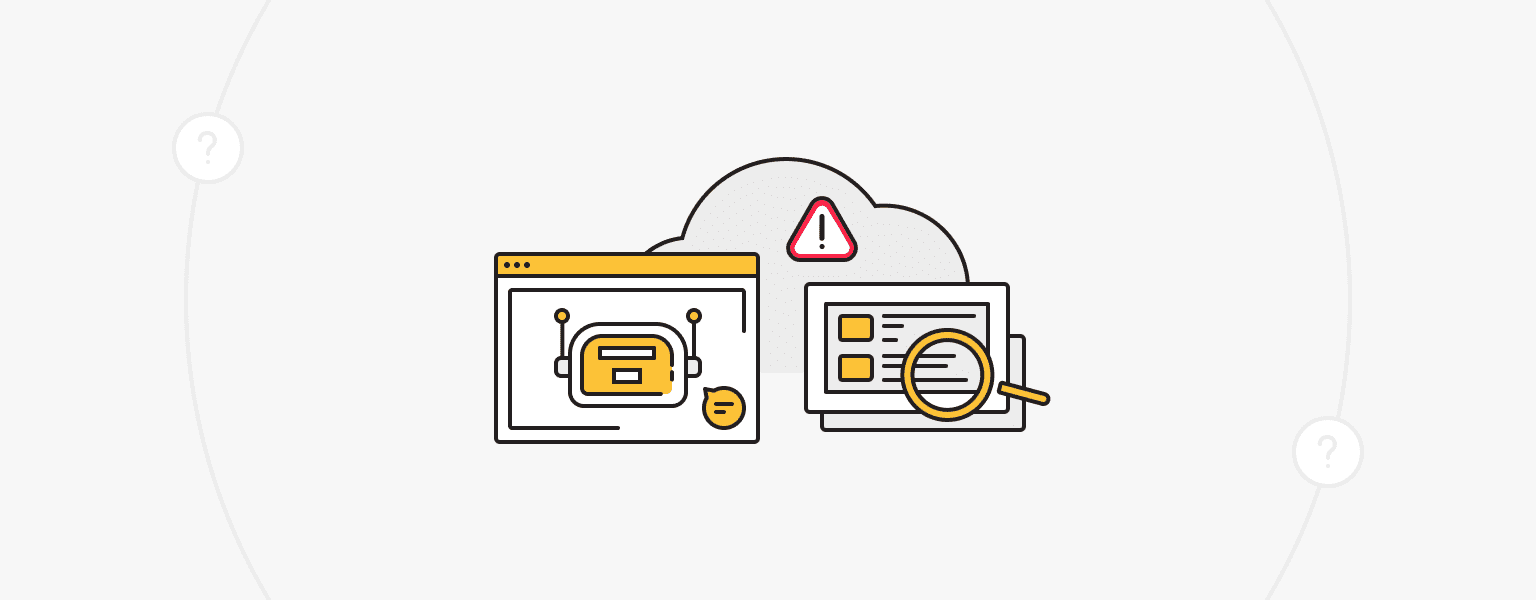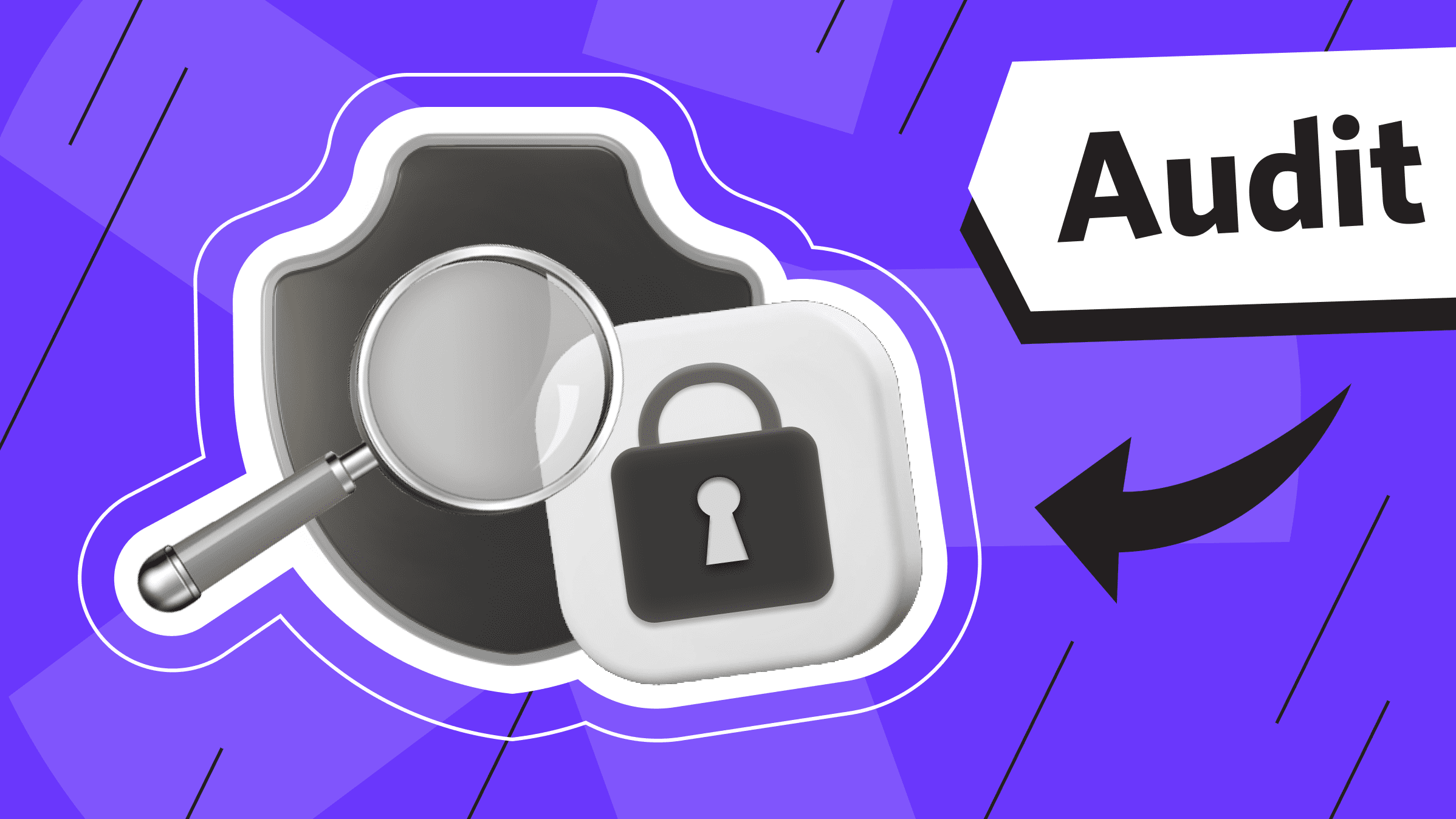
Chatbots have become widespread in various fields, including social networking, customer service and dating apps. Leading technology giants such as Microsoft, Twitter, Facebook are incorporating chatbots into their daily operations. In most cases, the purpose of chatbots is to provide effective assistance, and they do not seek to deceive the user. However, there are known cases where, for example, a Facebook bot has developed its own language or a Twitter bot has been aggressive. There are other scenarios where people deliberately create bots with the goal of committing illegal actions. Such bots include fraudulent bots, spam bots, bots that spread malware, etc. With the help of bots, attackers can also cause significant damage to sites and servers. But how to know if you are talking to a bot?
In this article, we'll go over how you can tell that you're communicating with a bot and how you can protect yourself from potentially malicious interactions with one.
How To Tell If You Are Chatting With a Bot

Advances in machine learning are making bots more and more similar to humans: systems are able to reproduce coherent arguments or mimic human conversation. Developments such as IBM's Project Debator or Google's Duplex indicate that bots may soon come as close as possible to an interaction model that is difficult to distinguish from a human. How do chatbots work?
Fortunately, AI has not yet reached perfection, and there are a number of indications. So, how to know if you are talking to a bot:
Lack of personal profile information
If you are chatting on a social network, the surest sign indicating that you're communicating with a bot is a blank user profile. Bots typically lack a profile picture and bio. More sophisticated bots may use a photo stolen from the Internet or an automatically generated account name.
One general rule to keep in mind is that bots attract other bots. If you look at who the bot is subscribed to and who is subscribed to it on a social network, it will almost certainly be other bots. That's what makes bots so powerful - if a certain phrase or hashtag serves as a trigger for a bot, a whole army of bots will respond behind it, making it feel like the crowd is turning against you.
Repetitive messages and vague responses
Bots are extremely persistent and narrowly focused. Unlike conversations between real people, where topics of conversation can change instantly, conversations with bots will cycle back to the same topic, since they tend to be created for specific purposes. If you notice that your interlocutor repeats the same recommendation or offers the same solution despite your response, you are probably dealing with a bot. An even clearer sign is that the wording of the message is the same every time.
If the bot doesn't understand you, it will probably offer vague, meaningless replies, often repeating what you just said. This old trick was first used by the ELIZA chatbot in the 1960s to create the illusion of attention. For example, if you say, "I'm sad," the bot will ask, "How long have you been feeling sad?" It's a simple algorithmic construct but creates the illusion of reasonableness. If the interlocutor you're interacting with constantly asks for clarification, it's probably due to the use of artificial intelligence to get around complexly worded sentences.
Inability to perceive subtle language and humor
The inability to perceive the subtleties of language and humor is another characteristic that can help identify a bot. What distinguishes a person is the ability to understand and use not only the rules of language but also nuance, subtext, and context in communication. The ability to use humor, wordplay, and sarcasm is a characteristic of human communication, but presents great challenges for artificial intelligence.
If your jokes or wordplay go unanswered or elicit the wrong reactions, it could be a sign that you are communicating with a bot. Bots usually strive for maximum accuracy and specificity in their responses and may miss nuances that are natural to humans.
Suspicious response rate and frequency of posting

Another indication that you are interacting with artificial intelligence is the speed of their responses. Bots can usually generate responses much faster than humans in chat or over the phone. If answers in chats come instantly, or if the voice on the phone instantly gives you information that a human would reasonably be looking for, then you are dealing with a bot.
Bots can also be programmed to automatically send messages or links for commercial or spam purposes. If you receive a lot of suspicious links, offers, or messages with a continuous frequency, this may indicate that you are interacting with a bot.
Attempts to access personal data
Malicious bots don't really want just to have a conversation. They aim to get you to perform an action that will benefit them. Therefore, after a few offers, they will offer you a link to continue communicating outside the platform. For example, with the excuse of showing you some videos or checking certain data. At this stage, they may install malware or try to get personal data from you. How not to fall victim to crypto-jacking?
A trusted person or service provider will not demand sensitive information from you out of the blue, especially passwords, PINs, or financial data. They usually follow established protocols to verify your identity or provide secure channels for sharing such information.
How Do I Protect Myself from Bots?

Communicating with bots can be quite unpleasant. It is important not only to understand how to act in case you suspect that you are communicating with a bot, but also to report bot activity on the relevant platform or site. This will help minimize their appearance in the future and keep users safe.
What To Do if You Suspect You Are Chatting With a Bot
- Pay attention to unnatural behavior: bots often exhibit certain behaviors that can help you recognize them. Pay attention to general or repetitive responses, unnatural typing speed, irrelevant or meaningless responses, and an inability to engage in meaningful conversation.
- Check profile or account information: if you interact on a platform that implies a user profile, examine the profile for completeness. Typically, bot profiles contain no information or information that is incomplete or meaningless. For example, pay attention to strange usernames containing different characters, the absence or presence of a typical profile picture, etc.
- Ask complex or context-dependent questions: bots usually have difficulty understanding and answering complex or specific questions. Try to ask questions that require personal experience, emotion, or opinion. If a bot is in front of you, their answers will be vague or evasive.
- Pay attention to grammar and spelling: bots may make grammatical errors or use an unusual sentence structure. Although people can make mistakes too, constant mistakes or unnatural use of language can be a sign of a bot.
- Look for inconsistencies: bots can sometimes make mistakes or contradict themselves. If you notice inconsistencies in their responses or information, it may be a sign that you are dealing with a bot.
- Use external bot-checking tools: some websites and browser extensions can help you detect bots. These tools analyze the behavior and characteristics of the user you interact with and help you understand if he or she is a bot.
- Don't disclose personal or sensitive information: to protect your privacy and security, don't share any personal or sensitive data with the suspected bot. If you want to ensure your privacy, you can also use a VPN service from is*hosting, which will help you protect your data from unwanted access.
Personal VPN
For those who want to remain undetected online and secure their data. Dedicated IP and complete anonymity.
- Don't open suspicious links: bots may try to trick you into clicking on malicious links. Avoid clicking on links from unknown or untrustworthy sources. Check the URL or do an Internet search to see if a link or website is malicious.
- Contact customer support: if available, try contacting a representative through alternative channels such as customer support phone lines or official social media accounts. They may be able to verify the authenticity of the conversation and provide assistance.
- End the conversation: if you think you are interacting with a bot, it is best to end the conversation and disconnect.
How To Report a Bot on a Platform or Website
- Find a feedback form: check the platform or website for a form specifically designed to deal with bots or suspicious accounts. Look for options like "Report spam" or "Report bot" in the chat interface or platform support pages.
- Provide evidence: provide any evidence you have, such as screenshots of the conversation, timestamps, or any other details that may help the platform or site investigate.
- Follow guidelines: some platforms may have specific guidelines or procedures for reporting bots or suspicious accounts. Be sure to read and follow these guidelines.
- Be patient: reporting a bot does not guarantee that the problem will be resolved immediately. Platforms and websites generally take time to review bot reports and take appropriate action.
While these guidelines can help identify and report bots, they do not guarantee that you won't encounter a bot. Bots are constantly improving, and some of them can mimic human behavior very convincingly. Therefore, it is very important to remain vigilant and think critically about any online interaction.
VPS
Choose the suitable configuration and enjoy all the benefits of a virtual private server.
From $4.99/moDedicated Server
Smooth operation, high performance, and user-friendly setup - it's all there for you.
From $9.99/mo

